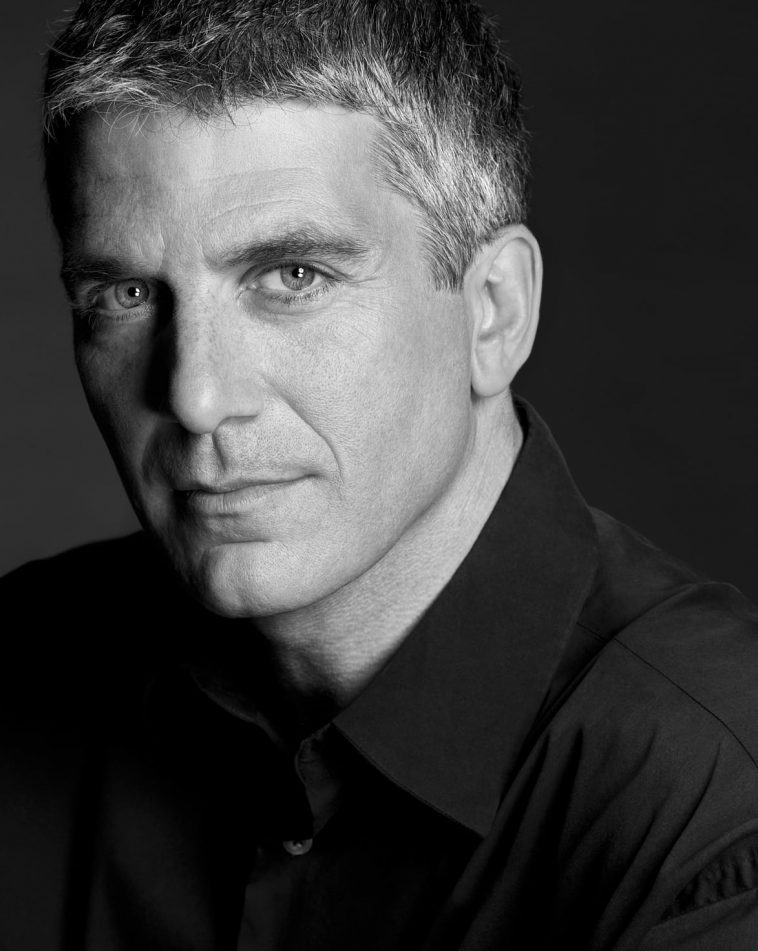Stephen Wilkes is an American photographer born in 1957. He started photography at age 12. Then, he studied at Syracuse University’s S.I. Newhouse School of Public Communications, where he graduated with a bachelor of science in photographs.
He is known foremost for his collection of deserted structures like in Ellis Island along with the former Bethlehem Steel factory both which he has captured as a lost world captured in a sort of visual amber. The Wilkes photographic article on Ellis Island “Ellis Island Ghosts” helped to increase six million bucks in the United States Congress for its preservation of the structures on the south side of this island, such as the prior hospital for infectious diseases. His fine artwork and photo-journalism have been featured in such publications as Vanity Fair, Sports Illustrated, and The New York Times Magazine.
The newest body of work by Wilkes is eligible, Day into Night. The work embodies epic cityscapes of Manhattan and other major U.S. cities with fleeting moments during the day to night. Wilkes photos them from 1 camera angle continuously for about 15 to 18 hours. A select set of pictures are then digitally mixed into a single photograph. Wilkes has gone on to expand the series into global locations including Shanghai, Israel, and Dubai. Wilkes first created the concept of shooting multiple images across a landscape when shooting the throw picture for Baz Lurman’s blockbuster Romeo and Juliet for Life Magazine, in 1996. It wasn’t until he was asked to shoot the High Line for New York Magazine which Stephen utilized this technique to reveal the passing of time. He is fascinated by architecture, people, along with also the cities of the planet, but what he really loves to take is background. He has even shot Day to Night pictures of President Obama’s inauguration speech as well as New Year’s Eve in Times Square.
On November 4, 2012, CBS Sunday Morning featured Wilkes at a section on his process in creating Day into Night images.





